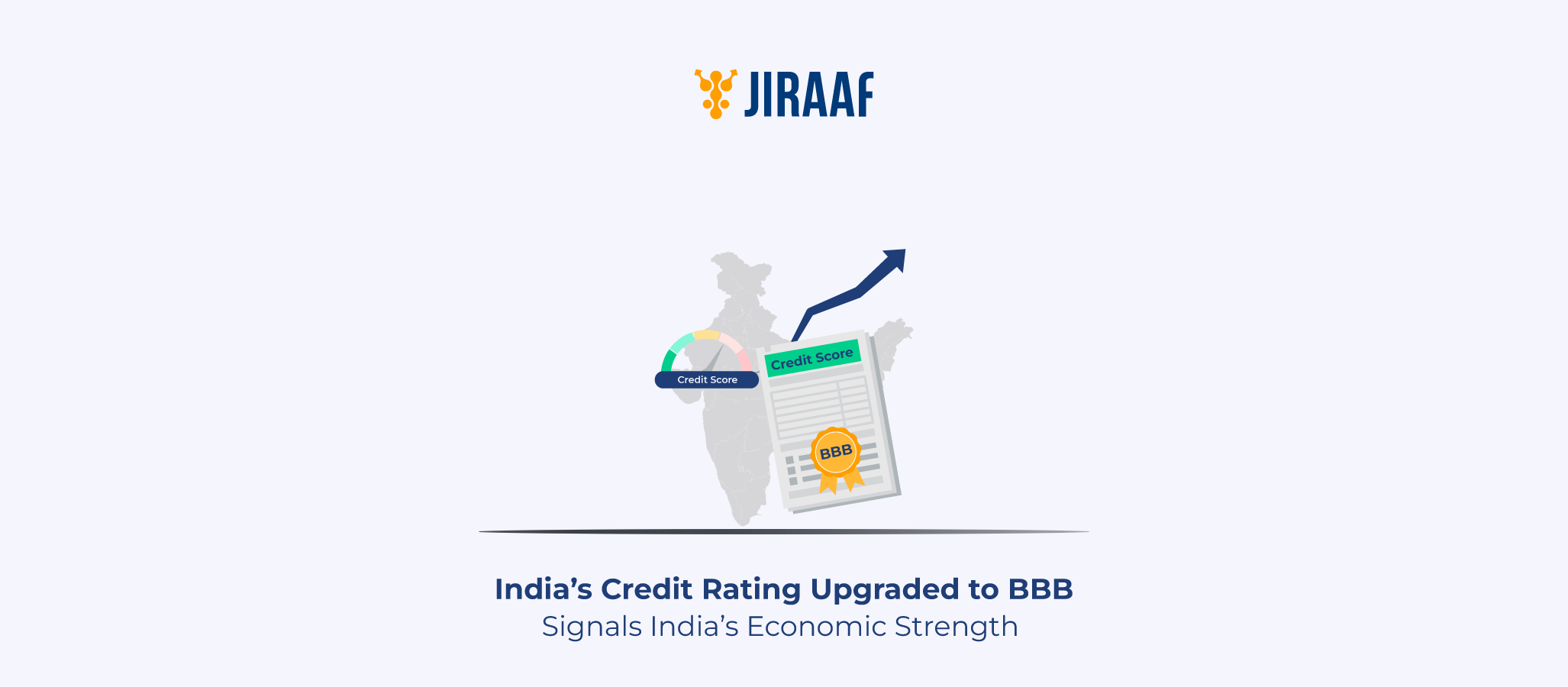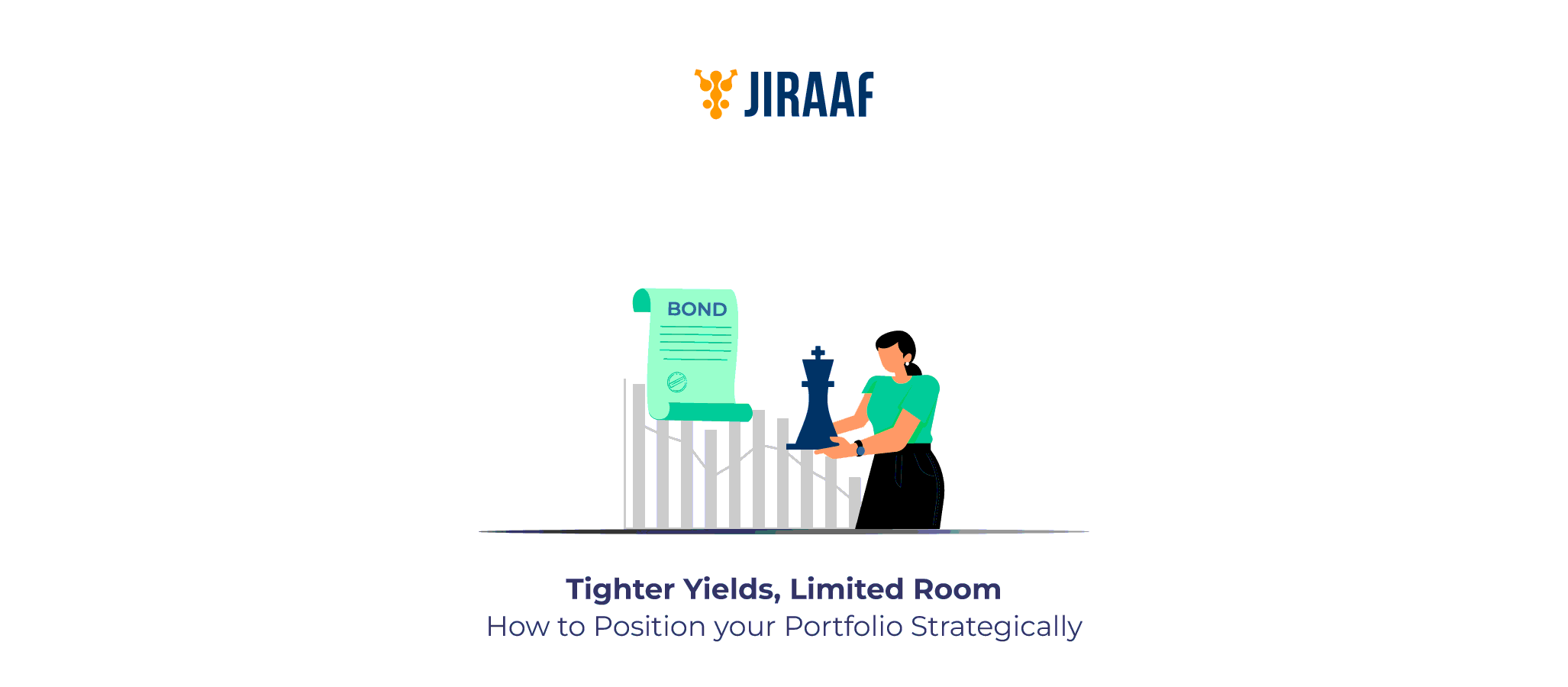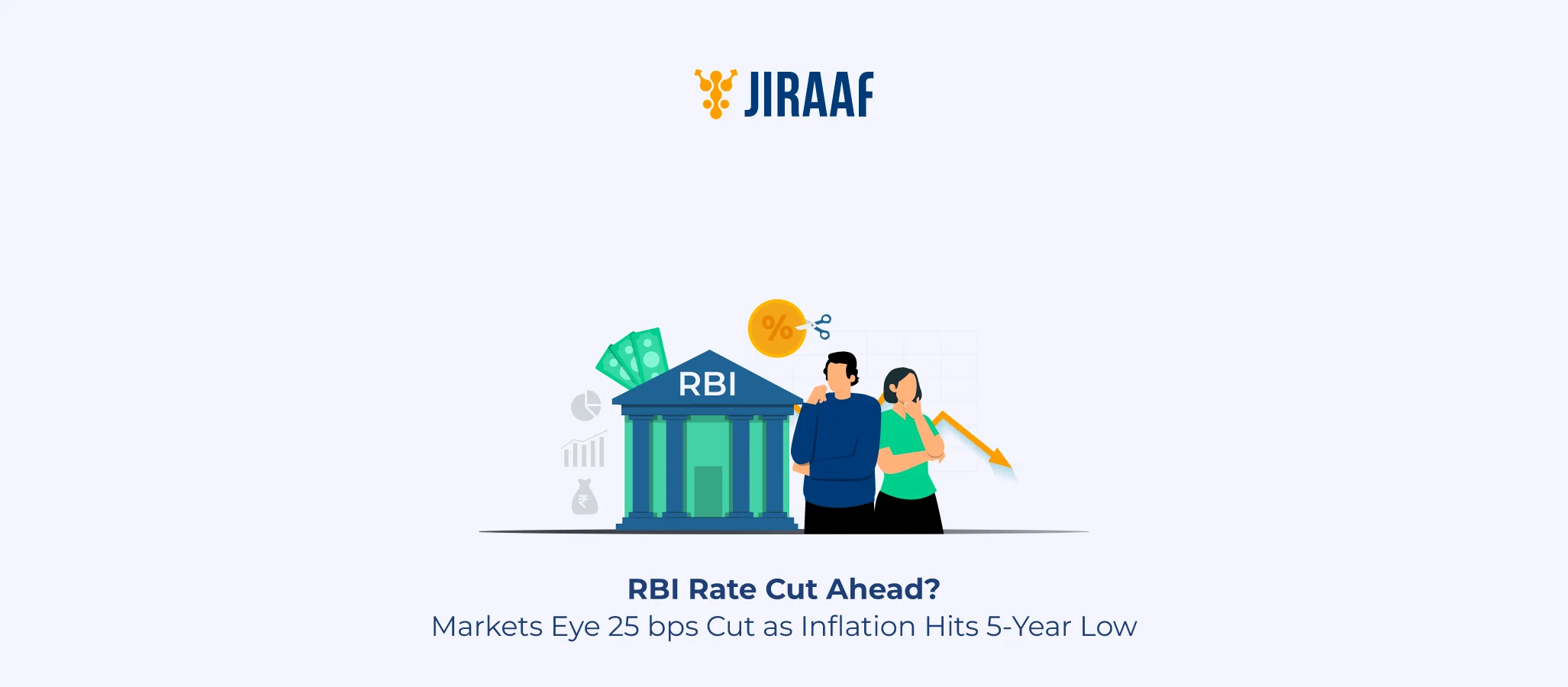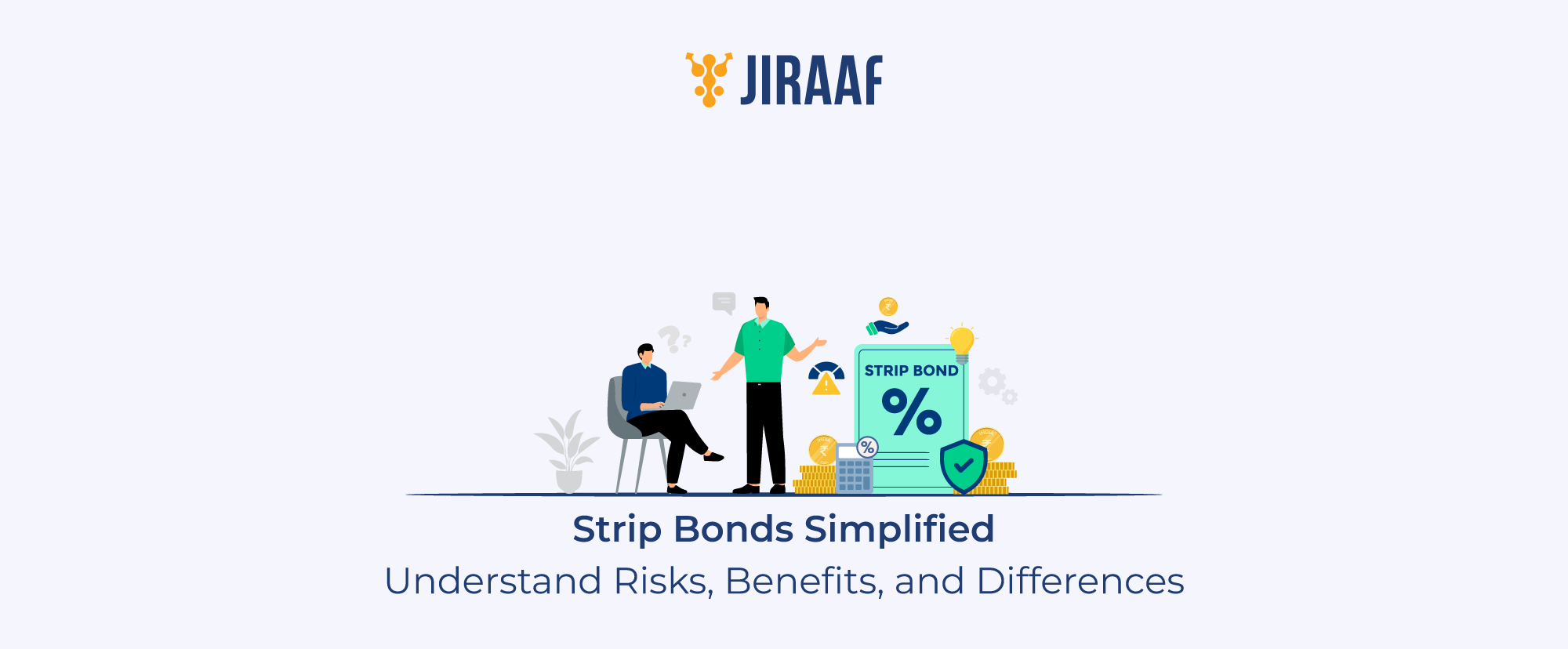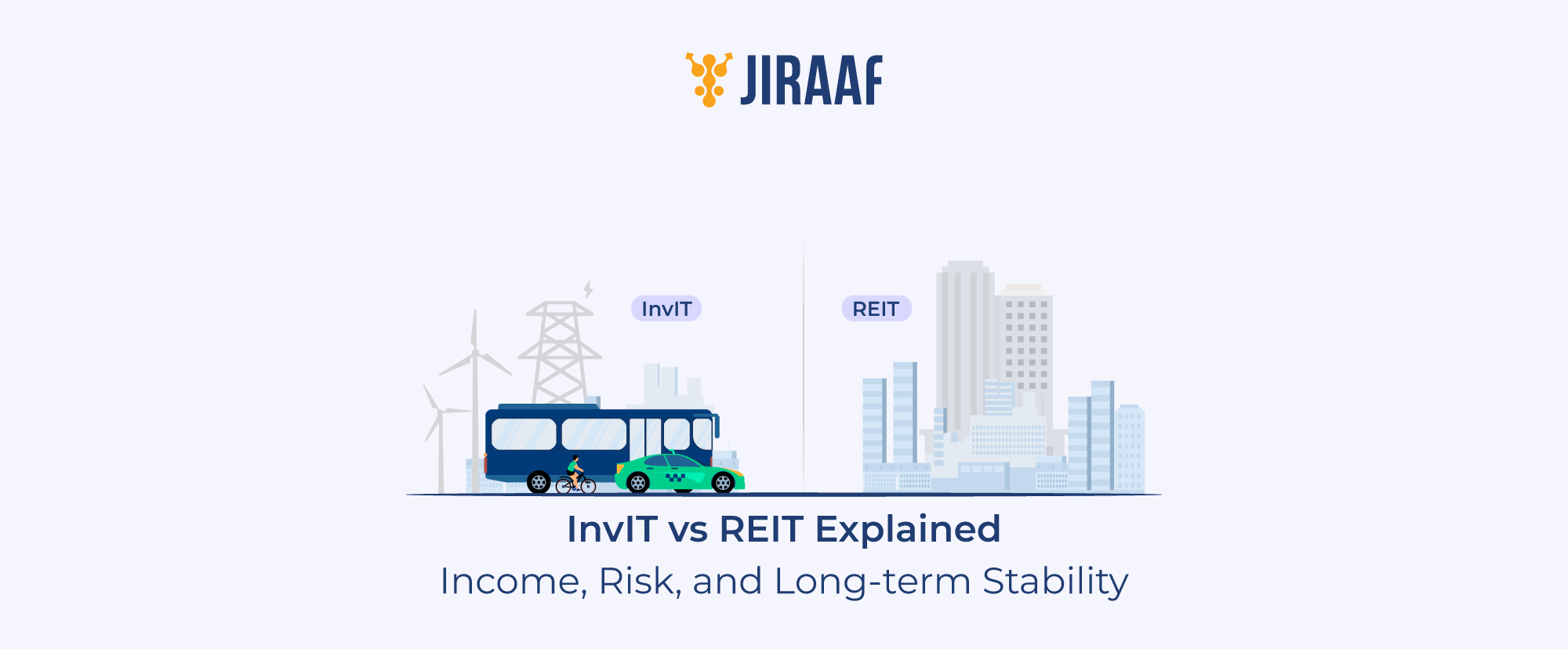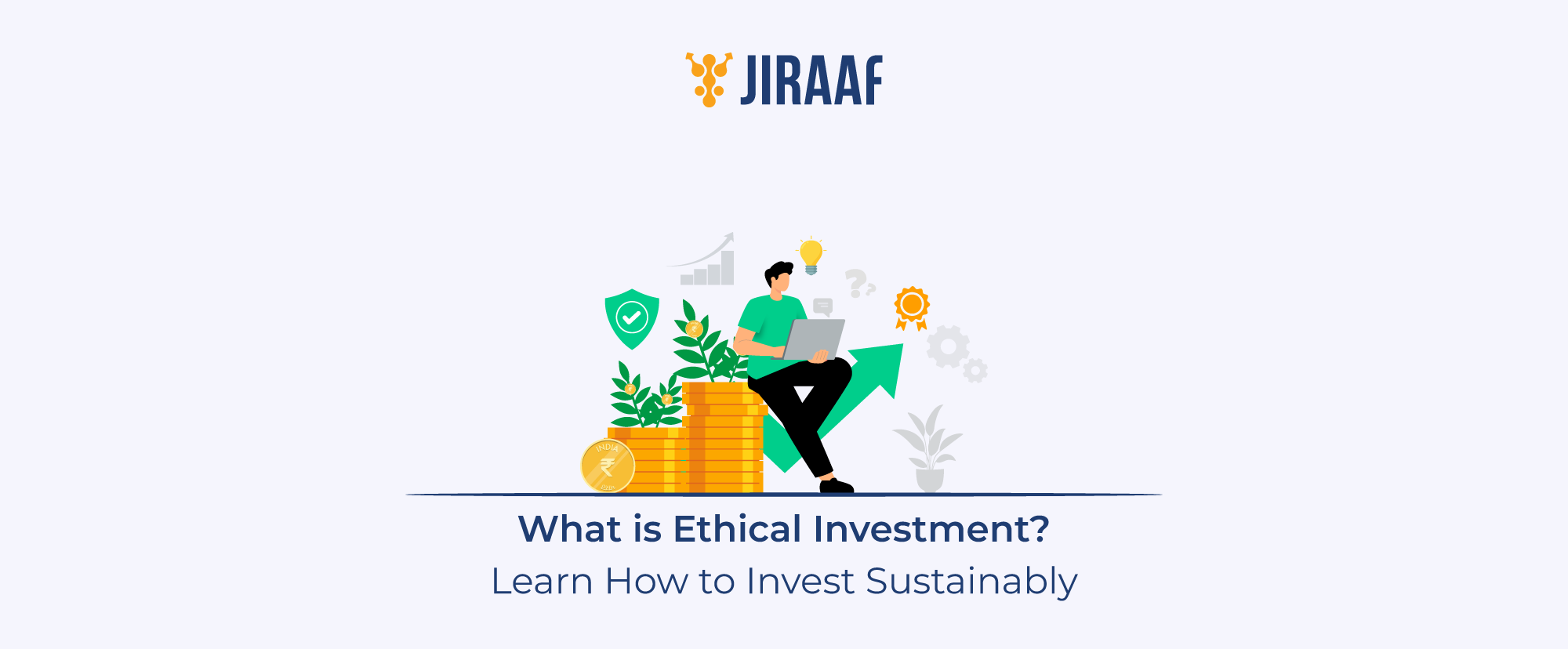On August 14, 2025, S&P Global Ratings upgraded India’s long-term sovereign credit rating from ‘BBB-‘ to ‘BBB’, the first upgrade in 18 years. S&P also raised India’s short-term ratings from “A-3” to “A-2”, adding that the outlook on the long-term rating is stable. The agency also raised its transfer and convertibility assessment from ‘BBB+’ to ‘A-‘, reflecting improved external resilience.
On the surface, the upgrade may sound like a small, technical shift, but it carries powerful implications for India’s debt markets, its broader investment climate, and the economy as a whole.
“The upgrade of India reflects its buoyant economic growth, against the backdrop of an enhanced monetary policy environment that anchors inflationary expectations,” S&P said.
The rating upgrade from the lowest investment-grade of ‘BBB-’ to ‘BBB’ with a stable outlook brings India one step closer to the coveted ‘A’ category of ratings, which is an indicator of higher creditworthiness to investors globally.
The finance ministry welcomed S&P’s move and said India will continue its buoyant growth momentum and undertake steps for further reforms to become a developed economy by 2047. The ministry also informed that recently, another rating agency, Morning Star DBRS, had also upgraded India to “BBB” status.
India’s Economic Affairs Secretary Anuradha Thakur said she expects other rating agencies to also take note of the factors that have led to the upgrade and follow suit.
What Are Sovereign Ratings?
Sovereign credit ratings are a country’s credit score, assessed by agencies like S&P Global, Moody’s, and Fitch, etc. Sovereign credit ratings indicate how likely a country is to meet its debt obligations without defaulting. They act as a benchmark for risk assessment in the eyes of global investors.
They serve three key purposes:
- Guiding investment decisions: Pension funds, sovereign wealth funds, and prominent asset managers often use ratings as a filter when deciding where to invest.
- Influencing borrowing costs: A higher rating translates to lower perceived risk, enabling governments and companies to borrow at a cheaper rate.
- Signalling macroeconomic stability: Ratings are interpreted as a verdict on fiscal management, policy credibility, and long-term growth prospects of a country.
Sovereign ratings don’t just reflect a country’s economic health – they actively help shape it. They influence how efficiently the governments can borrow, how global investors allocate their funds, and how the world perceives a country’s fiscal discipline.
For India, the BBB credit rating upgrade comes at a time when global growth is somewhat unstable and uneven, geopolitical tensions persist, and US tariff policy is unpredictable. The underlying message is clear: India’s fundamentals are strong, its fiscal discipline is yielding the desired results, and its bond market is poised for greater attention.
In short, a sovereign rating is like a mirror as well as a megaphone – reflecting a country’s performance and broadcasting it to global markets.
Implications of Sovereign Ratings: BBB vs. BBB-
A change in a country’s credit rating isn’t just a line item in an analyst’s spreadsheet. It sets off ripples across financial markets.
- Borrowing Costs: When the rating improves, the perceived risk of lending falls. That often translates into lower yields on government bonds and cheaper debt servicing for the state. The impact was visible right away, a move from BBB-, which is the lowest investment grade rating, to BBB with a stable outlook, led to India’s benchmark 10-year government bond yield easing by nearly 10 basis points to settle around 6.40% on the day of the upgrade.
- Investor Confidence: An upgrade also reassures investors, domestic and foreign alike, that the economy is on a steady path.
- Capital Allocation: For large global funds that track indices, the rating can directly affect how much money flows into emerging markets versus developed ones.
In short, ratings influence both perception and reality. A stronger rating can attract more capital, which in turn reinforces the very fundamentals the rating aims to assess.
Indian Upgrade Was Long Due
S&P’s move to upgrade India to BBB was hardly a surprise to seasoned market-watchers. Instead, it was a confirmation of what the yield spread had been indicating for a couple of years. For a significant part of the past year, the India–US yield spread has hovered at historic lows of ~165–200 basis points. Compare this to around 540 bps about a decade ago, and you see the transformation.
The narrower spread means the Indian debt is increasingly being seen as significantly less risky relative to US Treasuries – the global safety benchmark. In essence, the market had already been pricing India as a safer borrower, and S&P’s move has only made it official.
As noted in a Reuters report, India’s upgraded rating formalizes what markets had already been saying — growth and discipline were real and visible. And, as one expert remarked, “it’s a case where market pricing was already ahead of the rating.”
Implications of the Upgrade on Government Debt
A sovereign rating upgrade changes the calculus for government borrowing in several important ways:
- Lower Borrowing Costs: Future debt issuance can come with lower coupon rates, easing the interest burden on the Government, and hence, relieving taxpayers.
- Stronger Demand for Debt: Domestic and foreign investors are more likely to increase their holdings of Indian government securities.
- Positive Signalling: The upgrade reinforces the credibility of fiscal targets, improving the government’s ability to issue debt in the future.
- Debt Sustainability: S&P has hinted that further upgrades are possible if fiscal deficits narrow significantly, bringing the net change in general government debt below 6% of GDP on a sustained basis. India’s real GDP growth is projected to grow at 6.8% annually over the next three years. S&P expects India’s debt-to-GDP ratio to decline to 78% by fiscal year 2029, from 83% in fiscal 2025.
For the government, this is both a validation and a challenge – the bond market will now be watching to see that the promises are backed by performance.
Implications on Corporate Bonds & Debt Market
When the sovereign yield curve shifts lower, corporate debt often benefits directly due to the following factors:
- Crowding-In Effect: Lower sovereign benchmark yields make AAA and AA-rated corporate bonds more attractive relative to government paper.
- Foreign Participation: With a better sovereign rating, more global funds – especially those with strict risk thresholds – can invest in Indian corporate debt.
- Spread Advantage: Currently, AAA-rated PSU bonds offer ~60–70 bps over equivalent sovereign paper, a sweet spot for yield-focused investors, particularly institutional investors.
- Borrowing Cost Relief: Industry experts estimate 10–20 basis points of savings on overseas borrowing for top-rated firms, and 15–40 bps in spread gains for NBFCs.
This environment can lower funding costs for corporates, particularly those with strong credit profiles, enabling them to finance expansion at more competitive rates.
Long-Run Impact on FPI Inflows
The rating upgrade strengthens India’s position in the global debt landscape:
- Index Inclusion Potential: It increases the likelihood of higher weightages in major global bond indices like the JPM GBI-EM and Bloomberg Barclays EM Index.
- Attractive Risk–Reward: Indian debt continues to offer higher yields than many emerging-market peers, but now with an improved risk profile.
- Broader Access to Capital: Both sovereign and corporate borrowers can now access offshore funding at better rates.
For foreign portfolio investors, India becomes less of a short-term trade and more of a long-term strategic allocation.
On What Basis Was India’s Sovereign Rating Upgraded?
India’s credit rating in 2025 was upgraded to BBB, and this upgrade is rooted in the economic strength and resilience showcased by the Indian economy. Here is an overview of the reasons cited by S&P:
- Resilient Growth: India’s GDP growth averaged 8.8% between FY 2022 and FY 2024, the highest in Asia-Pacific.
- Fiscal Consolidation: S&P projects a steady decline in India’s general government deficit—from 7.3 % of GDP in FY26 to 6.6 % by FY29—demonstrating a clear, disciplined consolidation path.
- Monetary Stability: Inflation stays within the 2–6% target range, thanks to the RBI’s commitment and well-thought-out policy interventions.
- Reforms Progress: Progress in infrastructure, formalisation, and improved governance, primarily digital, adds robustness.
- Tariff Resilience: Despite talk of 50% US tariffs, S&P judged impacts as “manageable”, thanks to consumption-led growth (60% of GDP).
The above factors present a picture of an economy capable of sustaining both growth and stability.
S&P emphasised that policy stability, better spending quality, and nimble monetary management—especially against volatile global backdrops—were key factors behind the upgrade.
Fiscal Prudence as a Driver of Rating Sustainability
An upgrade is not a long-term guarantee. Any fiscal indiscipline can reverse progress just as quickly as it was made. The following strategies have to be pursued on an ongoing basis.
- Revenue Growth: Sustaining revenue growth through an expanded tax base.
- Efficient Spending: Rationalising subsidies and focusing welfare spending on targeted beneficiaries.
- Debt Control: Keeping debt ratios manageable to maintain investor trust.
In essence, sustained fiscal prudence is the price of admission if India wants to maintain or improve upon its new standing.
Timing Matters: Amid US Tariff Uncertainty & Geopolitical Pressure
The upgrade arrives at a time when the world is full of uncertainty. US tariff policy is in flux, geopolitical flashpoints are multiplying, and many economies are struggling to generate steady growth. In this environment, global investors are scanning for economies that can weather storms.
It is worth noting that while some Emerging Market peers like Brazil and South Africa face downgrades due to fiscal stress, India’s trajectory is seen as comparatively stronger.
By securing a rating upgrade now, India positions itself as a relatively safe haven among emerging markets – a country resilient enough to withstand external shocks while maintaining macroeconomic stability.
Conclusion
This sovereign rating upgrade isn’t just symbolic; it’s a strategic opportunity. Lower borrowing costs, greater investor confidence, and enhanced credibility can inject renewed momentum into India’s debt ecosystem.
For the government, it presents a chance to secure cheaper funding for infrastructure and social programs. For corporates, it means riding a wave of improved sentiment to access capital more efficiently. And for investors, both domestic and foreign, it’s a timely reminder to recalibrate exposures based on India’s long-term improvements, not day-to-day headlines.
If India keeps delivering on reforms and fiscal consolidation, this upgrade may be the beginning of a lasting rerating story in both sovereign and corporate credit. It could also pave the way toward an eventual ‘A’ rating in the coming years. One milestone is reached, but the journey is still ongoing.
